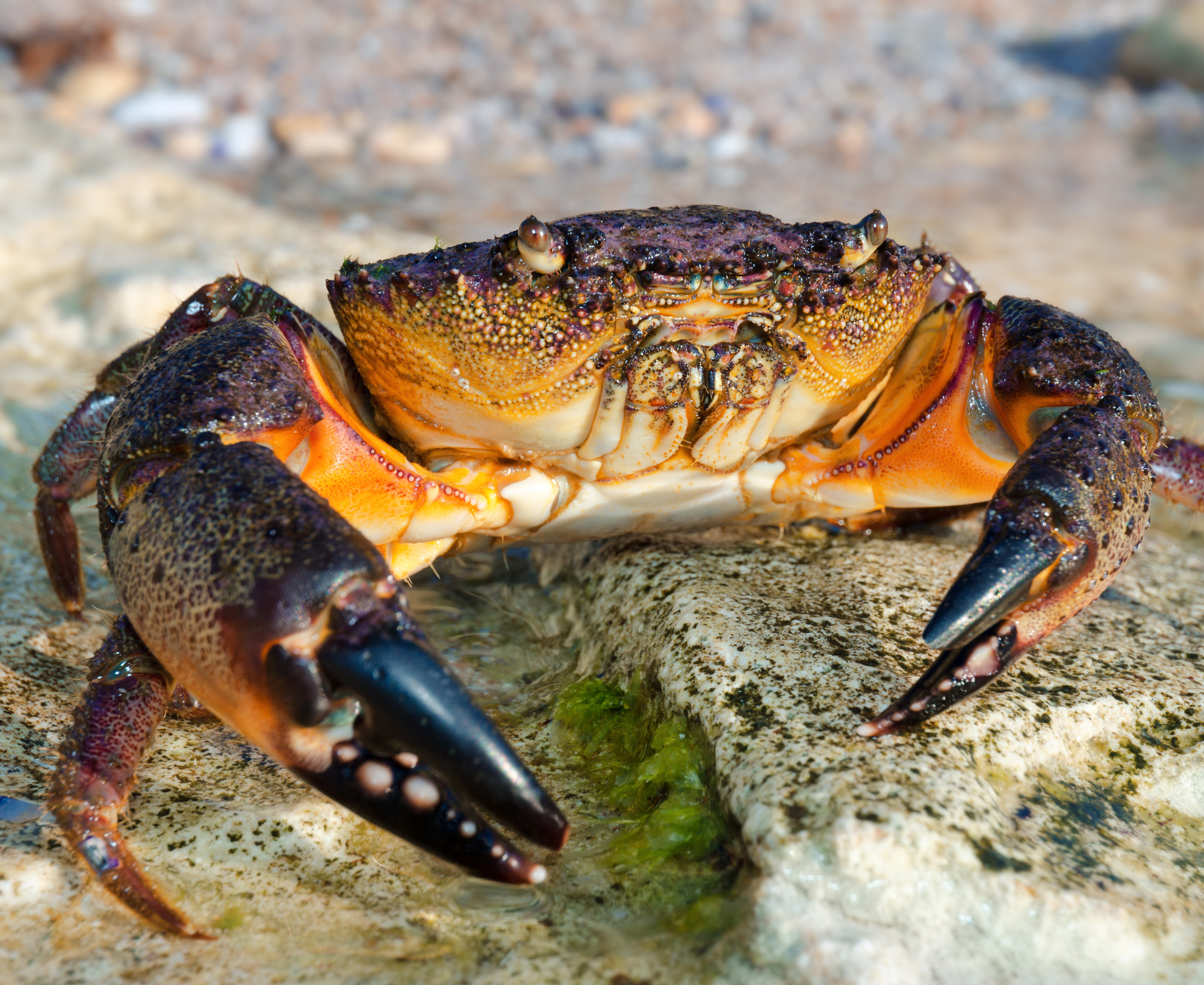When the crabs are caught in the traps of professional stone crabbers, the crabbers only take one claw from each crab, and the crabs are then returned to the water.
Thus, stone crabs can survive losing a claw as a defense mechanism and regenerate that claw in about a year.
The average stone crab has a lifespan of 8-9 years, and they are generally found in sandy ocean bottoms and seagrass beds along Citrus County’s coastline out to a depth of about 20 feet.
Giant stone crabs can weigh as much as one pound.
They feed on oysters, snails, and various other small marine life.
Female stone crabs can spawn as many as six times each year, producing up to one million fertilized eggs each time.
In addition to humans, stone crabs can also find themselves being hunted by octopuses and grouper.
CATCHING STONE CRABS
The Florida stone crab harvesting season lasts about seven months.
In June 2020, the FWC voted to shorten the regular stone crab season, preserve the species, and give the female stone crabs more time to lay their eggs.
The stone crab is not in “crisis” yet but has declined since the 1990s due to overfishing.









